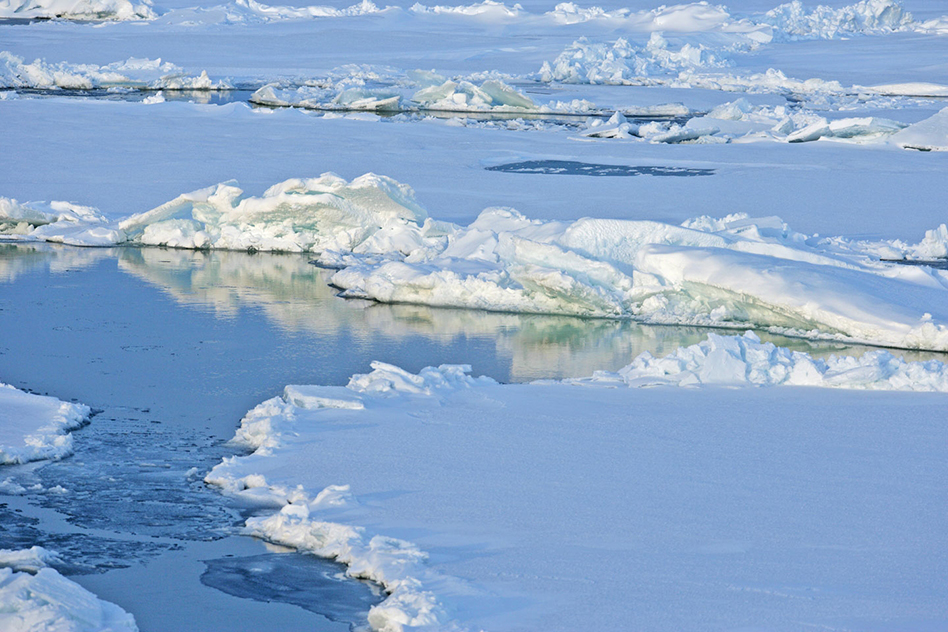
Spanning Eastern Europe, Scandinavia, the former Soviet Union and Northern China, Northern Eurasia is a bellwether for the future of climate change. Having undergone the fastest rate of climate change in the human-populated world in the past few decades, the region has endured dramatic natural disturbances and significantly altered its land-management practices. And that may be just the beginning. Home to about 70 percent of the planet’s boreal forest and more than 66 percent of its permafrost, Northern Eurasia is the world’s largest land-based storehouse of atmospheric carbon dioxide, a major greenhouse gas responsible for global warming. Higher average temperatures and increased wildfires in the region due to global warming could lead to significant releases of its sequestered carbon, further boosting global average temperatures and intensifying the severity of climate impacts across the planet.
To better understand the long-term impacts of climatic, environmental and socioeconomic changes on Northern Eurasia and how these impacts may affect the rest of the world, a team of researchers from multiple institutions in the U.S., Russia and Germany recently assessed the state of global change modeling for the region. A key finding was that a significant number of past studies focused on Northern Eurasia’s land system, without reference to interactions with the oceans, atmosphere and cryosphere—or to the planet as a whole.
“Because the land is only one aspect of the Earth system, it is difficult to study that single component without looking at the whole system,” says MIT Joint Program Principal Research Scientist Erwan Monier, lead author of the study, which appears in Environmental Research Letters. “We need to have modeling frameworks that look at the rest of the world to understand the role of Northern Eurasia on the whole Earth and vice versa.”
For example, a study evaluating how climate change impacts forest productivity over Northern Eurasia is of limited value unless it reflects feedbacks and interactions with other components of the Earth system (e.g., the quality of soil, the damaging effects of atmospheric ozone, and the impact of wildfires)—and identifies how changes in forest productivity in the region would impact the rest of the world.
To produce more useful results, the researchers suggest that modelers start relying on Earth system models, which have the capability to represent interactions and feedbacks among components of the Earth system and among regions. The most valuable information, they say, will come from integrated assessment models (IAMs), which provide better representation of how humans directly interact with different components of the Earth system, including impacts of an evolving global economy and human population.
“In the end, we hope to see an increased use of coupled human-Earth system models that provide detailed representation of human and Earth systems,” says Monier. Among the needed improvements are better representations of permafrost, air pollution sources, Arctic sea ice, and land and water management practices in the region. “We hope the research community will realize that we need models like the IGSM [the MIT Global System Modeling framework] but with further development to address issues unique to Northern Eurasia.”
Because the region is experiencing the most intense climatic and environmental changes to date among the world’s populated areas, improved models can help researchers better project not only climate impacts in Northern Eurasia and beyond, but also identify best practices in climate adaptation and land use.
Funded by NASA, the National Science Foundation, and research agencies in Russia and France, the study was organized by the Northern Eurasia Earth Science Partnership Initiative (NEESPI), which for the past two decades has engaged more than 750 scientists from the U.S., Russia, China, Japan and the European Union in 172 projects in studying the region and its global impact. NEESPI is now transitioning to the Northern Eurasia Future Initiative (NEFI), which aims to support the sustainable development of the region.
Photo: Ice floes. September, 2006. Arctic Ocean, north of western Russia. Photographer: Mike Dunn, NC State Museum of Natural Sciences. (Credit: NOAA Climate Program Office, NABOS 2006 Expedition)

